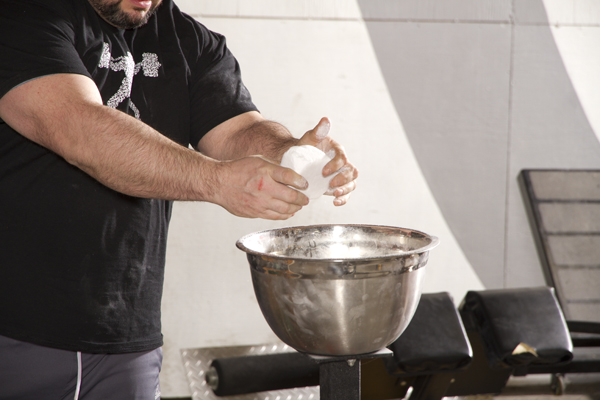
During my humble personal training career, I’ve witnessed some interesting training philosophies that personal trainers have in relation to training their clients and themselves.
I think the one issue that trainers (myself included) are guilty of is a lack of progression for their clients. Trainers generate a program based on the client’s goals, monitor their progress, and usually adjust the weights, sets, and reps to accommodate their success. This follows the progression concept as well as the principle of overload.
But, what is missing? For one, I’ve begun to assess the progression of a client’s ability to perform a particular lift such as the squat. This tends to involve posture, hips, and balance throughout the movement to determine what issues the client has. This allows me to progress the client through a larger variety of exercises and ensure that hip stability and low back function aren’t impaired when a bar is introduced.
Now, I know that some people can’t squat due to physical limitations. However, there are other clients that can squat. They just need to learn how to squat correctly. This usually entails teaching them how to sit back and use their glutes and hamstrings to move. This requires box squatting, lunges, and lots of stretching to ensure that hip mobility is adequate. But what do I do when they master the squat? Besides adding weight, why not challenge them with a front squat or even try cambered squats, Bulgarian squats, and other varieties.
The goal is to improve function and strength. To do that, you need to progress the movements, not just the weight. We do this all the time with athletes, but for some reason, we don’t think that movement progression is necessary in the general population. This could be a result of multiple machines that allow for muscle isolation, or we simply don’t think there’s a need to do so. In relation to activity and flexibility, there is more of a need to progress movements in the general population (overweight, inactive) than with athletes (active, relative flexibility, and strength).
Either way, try adding movement variations to a client’s training program to shake things up a bit and challenge them in terms of control and neural activation. The results may surprise you.








